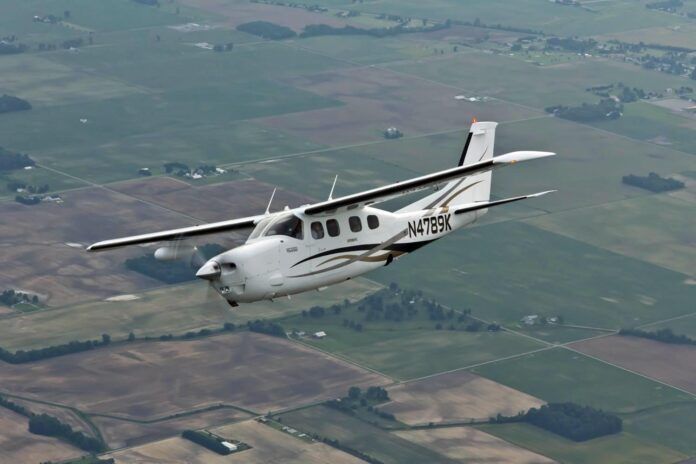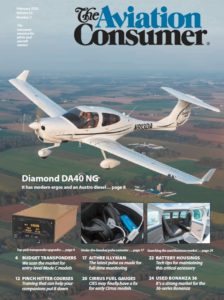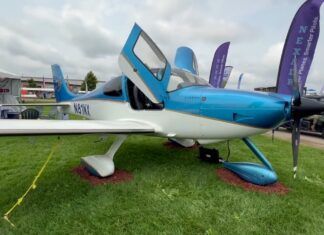
To continue reading this article or issue you must be a paid subscriber. Sign in
Subscribe to Aviation Consumer
Start a subscription to Aviation Safety for just $18. And access all of our online content - over 2,000 articles - free of charge.
Subscribe today and save 48%. It's like getting 3 months FREE!





